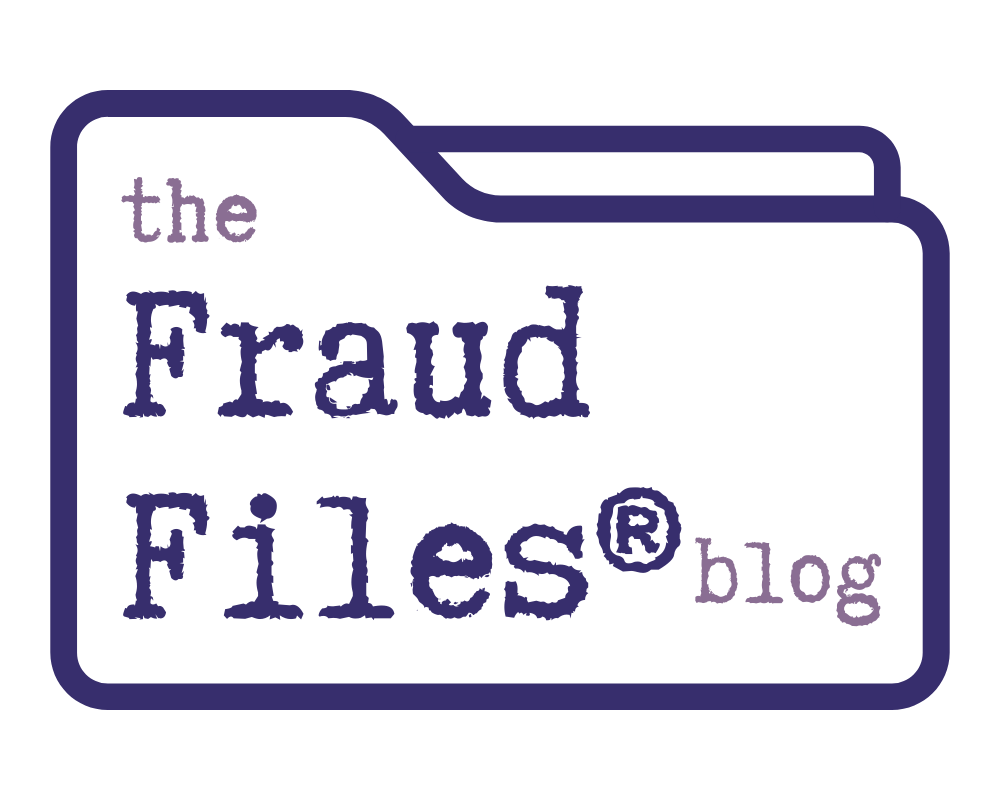
How would you know if your company was being ripped off by a dishonest employee? Most companies miss all of the warning signs that could help stop a fraud early. Studies suggest that the average fraud scheme within a company lasts 18 months. That’s a year-and-a-half that one or more employees are stealing from the company without being caught. The average internal fraud leads to average losses in excess of $100,000. The longer the fraud goes on, the more that is stolen.
There’s not always science behind finding fraud. Frauds committed by employees are most often discovered because of a tip from someone else. Or they are discovered by accident. (Accident? Yes. That doesn’t say much for a company’s checks and balances.)
So in reality, companies rely on the observations of employees to help detect fraud. It therefore is important to be aware of some warning signs that the company might be the victim of occupational fraud and abuse.
Discrepancies in Accounting Records
Companies that keep poor accounting records in general are more susceptible to fraud. Poor recordkeeping systems encourage fraud because employees know that information is not being properly recorded and evidence of fraud may be easy to conceal. Employees are aware of a lack of oversight, and might be tempted to exploit that.
Poor accounting records in a system that is otherwise satisfactory can be a symptom of an actual fraud-in-progress. It is difficult for an employee to do her or his job properly when time is being spent on a fraud scheme, so there may be a deterioration of the records.
The situation becomes more suspicious as employees are unable to produce supporting documentation related to discrepancies identified in the records. Errors are a natural part of the business process, but true errors can usually be rectified with supporting documentation. Frauds are different. When an employee does not produce supporting documentation to answer questions or clarify issues, this can be a sign of fraud.
Another signal that can point to fraud is the failure to record or reconcile items in a timely manner. It is much harder to track down a fraud when the records are poorly maintained and when reconciliations are not done, so those committing fraud against the company might be more likely to delay the recording of items.
Unusual Accounting Treatment of Items
The unusual accounting treatment of certain items can be a red flag of fraud, especially when this treatment enhances the company’s financial results. Market pressures can cause an executive to manipulate the financial statements, and one easy way to do that is to change the way an item is booked in the accounting records.
Consider, for example, a company that typically capitalizes a certain cost and has a set schedule for expensing the cost. Suddenly, management increases the length of time over which the cost is expensed, effectively decreasing the expense amount for each accounting period.
If there has been no real change in the circumstances under which this cost is incurred and no change in the accounting rules, this new accounting treatment is unusual. It is especially unusual because the new treatment (without any identifiable reason for it) will make the financial results for this period look better.
It’s important to look at the why behind a change in accounting policy, and determine whether or not there has been a change to the accounting rules or a substantive explanation for the change. If there is no authentic business reason for the change, it should be eyed suspiciously.
Persistent Cash Flow Problems
The cash flow of a company can provide clues about the potential for fraud. Most commonly, a company engaging in financial statement fraud may have very strong profit figures, while not having any cash to show for them. A consistent and persistent cash flow crunch, even when the profit and loss figures suggest strong growth, is a red flag of fraud.
Enron was a perfect example of a company with strong profits, but no cash to show for that performance. Why? The executives were playing games to inflate the revenue and profits of the company to keep Wall Street happy. The revenue simply did not exist, so no real cash was ever generated from many of these business deals. A look at Enron’s continual lack of cash might have shown problems far earlier than they were discovered.
Problems with Professional Service Providers
Changes to or unusual relationships with a company’s auditors, attorneys, or banks merit some scrutiny. Companies often use multiple firms for services, so on its face, using more than one law firm or accounting firm is not suspicious. However, it becomes suspicious when it seems that the company is using multiple service providers to prevent any one firm from getting a complete picture of the company’s situation.
Look for companies that use multiple law firms for similar types of cases, or companies that use multiple banks for no legitimate business reason. Duplication of efforts among the multiple service providers should be viewed as a red flag of fraud, and should be investigated further.
Firm-hopping in general is also a cause for concern. Frequent changes in auditors and attorneys could signal disagreements about material issues. For example, the auditors may have required certain audit procedures or disclosures, and the company may have refused. Investigate the reasons for changing firms, and determine whether or not there could be some hidden disagreements or ethical issues as the source of the problem.
How management interacts with its professional service providers is also important. Companies that are reluctant to share information with their auditors and attorneys should be carefully eyed. The company should be volunteering details of relevant legal and financial situations. And certainly, in response to requests for additional information and documentation, management should be forthcoming and cooperative.
Many More Red Flags
The list of red flags of fraud at companies could go on for pages. There are literally hundreds, if not thousands of clues that might suggest a fraud is occurring. It’s important to be alert for unusual situations that merit further investigation. Most of the time, the investigation will show nothing out of the ordinary. That is what companies hope for, anyway.
On those occasions when the investigations shows a need for more in-depth analysis, owners and managers will likely be happy the initial questions were asked. It is better to ask a question and get a satisfactory answer, than to not ask at all and risk the continuance of a fraud that costs a company thousands or millions of dollars.



